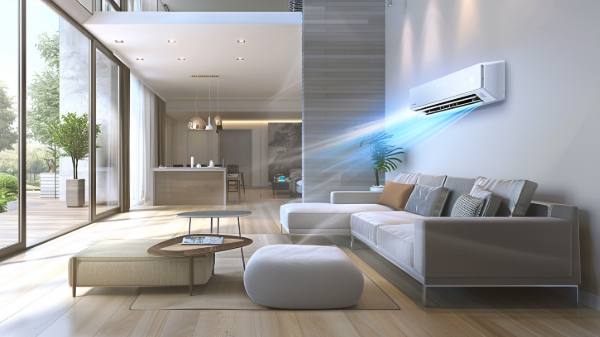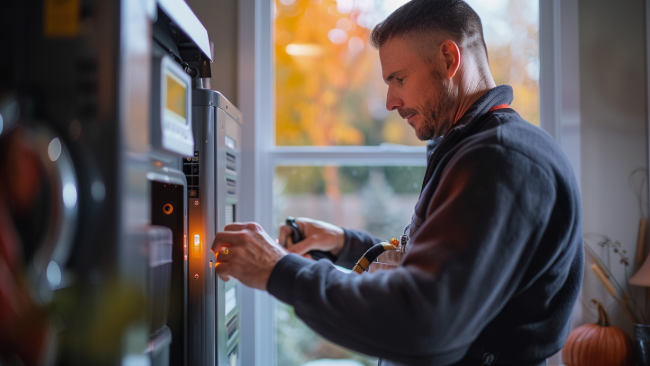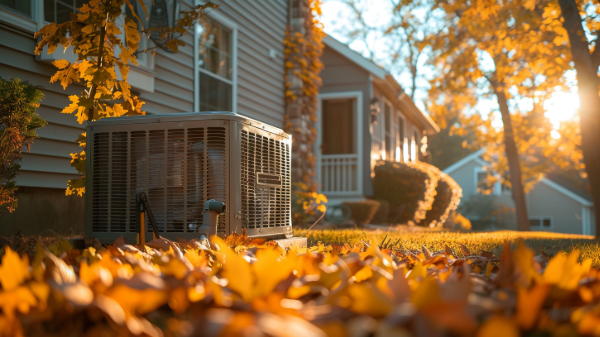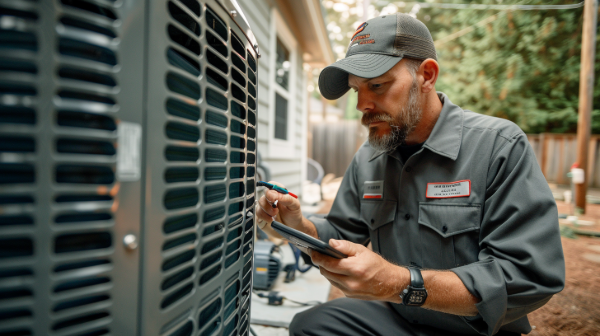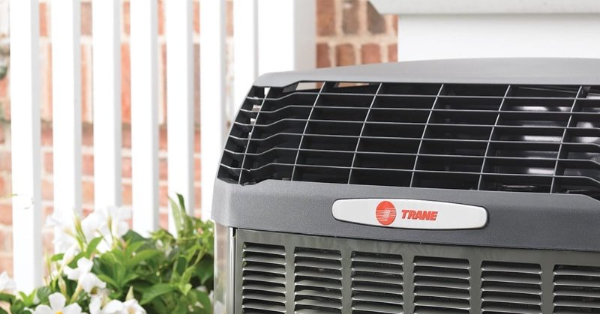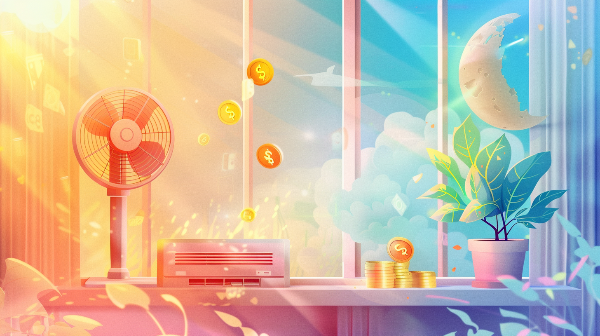Why Is the Temperature Uneven in My Home? Causes + Fixes
Uneven Home Temperature? Causes and HVAC Fixes
If you’ve ever walked from one room in your home to another and noticed a big temperature change, you’re not alone. Uneven home temperature is one of the most common complaints homeowners have about their HVAC systems. Some rooms might feel too hot while others stay chilly, leaving you uncomfortable and frustrated.
Below, we’ll tackle the most frequently asked questions about HVAC temperature imbalance, the causes behind it, and what you can do to fix it.
What Causes Uneven Airflow?
Uneven airflow is the root of many heating and cooling problems. If your HVAC system isn’t distributing air evenly, certain rooms will get more conditioned air than others. Several issues can cause this imbalance, ranging from something as simple as a clogged filter to more complex ductwork concerns.
Duct Issues
Your ducts act like the veins of your HVAC system, carrying warm or cool air to every room. If they develop cracks, leaks, or gaps, air seeps out before it ever reaches its destination. The result is one room that feels just right while another struggles to heat or cool properly.
Fix: This is a job for a professional. An HVAC technician can run tests to find leaks or problem areas in your ductwork. Once repaired or sealed, airflow will balance out, making your entire home more comfortable.
Filter Clogs
Air filters trap dust, pollen, and debris to keep your air clean. Over time, they get dirty and clogged, which blocks airflow. Less air moving through your system means certain rooms won’t receive enough heating or cooling. Plus, clogged filters make your system work harder, raising energy bills.
Fix: This one’s easy and affordable. Replacing your air filters every one to three months can make a huge difference in airflow and energy efficiency. This is one of the simplest ways to restore balance to your home’s temperature.
Thermostat Location
Your thermostat controls the system based on the temperature of the room it’s in. If that room is hotter (like a sunny kitchen) or cooler (like a basement) than the rest of the house, the system will turn on and off at the wrong times. That leads to uneven temperatures throughout the home.
Fix: Relocating your thermostat can solve the issue. Ideally, it should be placed in a central area of the home, on an interior wall, away from direct sunlight, windows, or vents.
Poor Insulation
Sometimes the problem isn’t with your HVAC system at all but with your home’s insulation. Poor insulation allows heated or cooled air to escape. In summer, upper floors might overheat, while in winter, drafty rooms never feel warm enough.
Fix: Upgrading insulation in walls, attics, or crawl spaces can be costly, but it pays off with better comfort and lower energy bills. Consider this an investment in your home’s long-term efficiency during winter and summer.
Airflow Obsticales
Sometimes the fix is as simple as looking around your home. Furniture, rugs, curtains, laundry baskets, or even pet beds placed over vents can block airflow. When the air can’t circulate, the room won’t heat or cool properly.
Fix: Rearrange furniture or move obstructions away from vents and registers. This no-cost solution often improves airflow immediately.
Zoning
In bigger homes, one thermostat usually isn’t enough. For example, if your thermostat is downstairs, it may keep that area comfortable while the upstairs remains sweltering or freezing. Without zoning, your HVAC system treats the whole house the same, even though each area has different needs.
Fix: A zoned HVAC system divides your home into sections, each with its own thermostat and controls. This allows you to fine-tune comfort room by room or floor by floor. While it may require an upgrade, it’s one of the most effective ways to eliminate HVAC temperature imbalance.
When to Call the Experts
If quick fixes like filter changes or vent adjustments don’t resolve the uneven temperatures, it’s time to call a professional. Experts have the tools and training to quickly identify whether the issue is ductwork, insulation, or equipment sizing. Not only does this save you time, but it also saves money by preventing you from trying solutions that don’t work.
Ultimately, your heating and cooling system should bring comfort, not stress. If uneven home temperature is making your system less effective, don’t wait. Call Next Level HVAC at (707) 228-9921 or contact us online to get your home heated and cooled evenly and cost-effectively.

